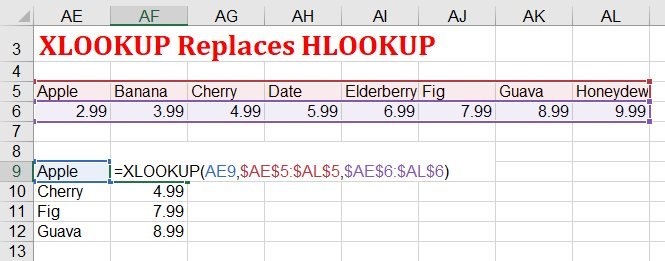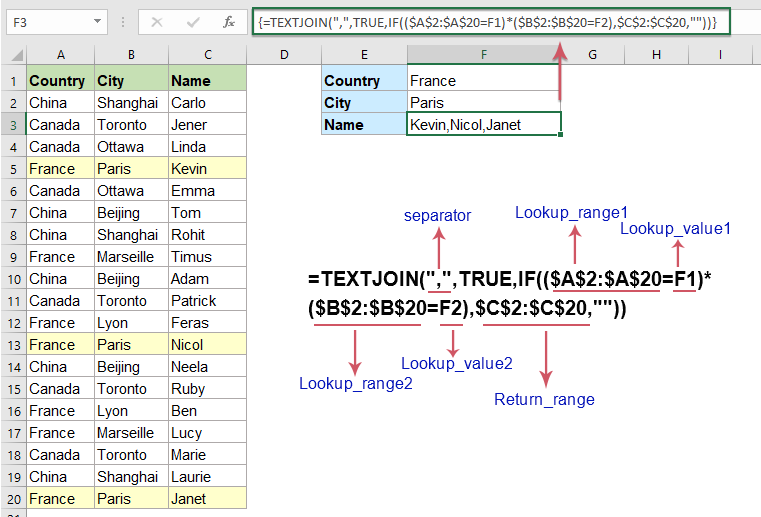
This parameter determines whether you are looking for an exact match or approximate match. Fourth Parameterįinally and most importantly is the fourth or last parameter in the HLOOKUP. Since the table range is set to A1:G3, the return value will be in the second row somewhere in the range A2:G2. This means that the second row in the table is where we will find the value to return.

In this example, the third parameter is 2. A value of 1 indicates the first row in the table. The third parameter is the position number in the table where the return data can be found. The HLOOKUP uses the first row in this range (ie: A1:G1) to search for the value of 10251. In this example, the second parameter is A1:G3.

The second parameter in the HLOOKUP function is the table or source of data where the horizontal lookup should be performed. This is the value that the HLOOKUP will search for in the first row of the table of data. In this example, the first parameter is 10251. The first parameter in the HLOOKUP function is the value to search for in the table of data. Now, let's look at the example =HLOOKUP(10251, A1:G3, 2, FALSE) that returns a value of $16.80 and take a closer look why.

Result: $14.00 'Returns an approximate match Result: #N/A 'Returns #N/A error (no exact match) Let's explore how to use the HLOOKUP function as a worksheet function in Microsoft Excel:īased on the Excel spreadsheet above, the following HLOOKUP examples would return: =HLOOKUP(10251, A1:G3, 2, FALSE)


 0 kommentar(er)
0 kommentar(er)
